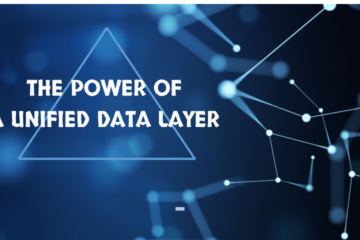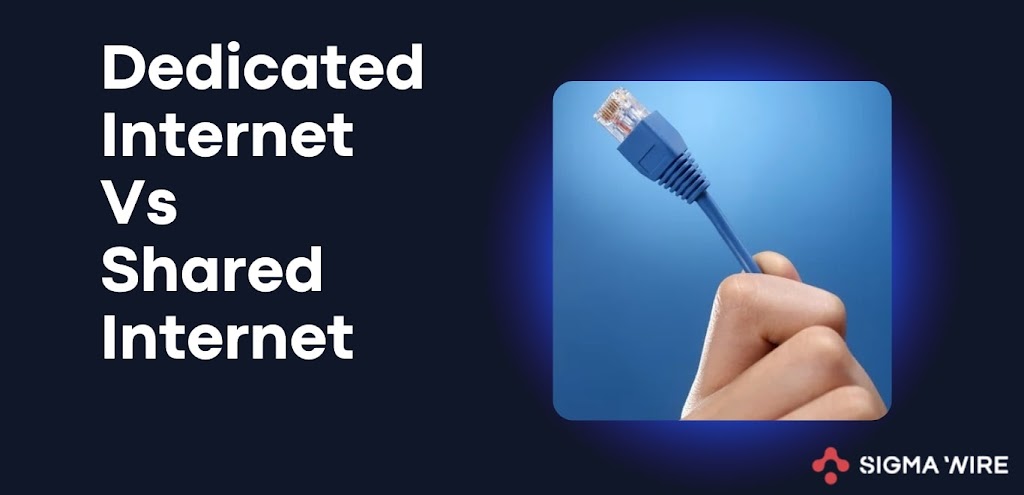Nvidia’s new RTX line will feature hardware-based raytracing to significantly improve upscaling and video correction, which should significantly decrease post-production time.
NVIDIA Riva offers several pipelines for accomplishing conversational AI/NLP tasks. State-of-the-art models like Fastpitch help voice applications sound more natural.
Text to Video
Text-to-video AI tools are revolutionizing how businesses create video content. This cutting-edge technology makes it possible for anyone to realize their creative ideas with just a few text prompts – meaning the days when creating professional-grade videos required skilled design and video production teams may soon be over.
This trend is being led by both respected brands incorporating generative AI features into existing platforms and startups developing products utilizing Nvidia text-to-video models, and by startups launching products leveraging them. Vyond’s animated video creation software now includes a text-to-video generator, while new standalone applications such as ControlNet offer zero-shot models which directly generate or edit videos guided by text inputs (or combined text-pose or text-edge data).
An important trend in this area has been the proliferation of open source generative text-to-video models. Spaces like The Hub contain various models, from diffusion-based approaches like Imagen and Phenaki trained on large datasets of videos with text descriptions to experimental demos like Tune-a-Video that enable fine tuning an already trained model by uploading new text-video pairs.

Furthermore, many nvidia text to video tools offer support in languages other than English – this can help global companies reach more audiences by easily transcribing and translating videos in multiple languages.
Text to Images
Text-to-video animation has become one of the hottest areas in generative AI due to its promise of helping users produce professional-grade animation. Current tools available range from established brands incorporating generative AI functionality into existing video creation software to upstart companies trying to bring their first product or service to market.
Text-to-video models convert written text into images, as their name implies. Such models typically require extensive training on large datasets with videos and text descriptions for training purposes, making it hard for them to generalize beyond the specific task or domain for which they have been trained.
Researchers have been exploring new approaches for text-to-video synthesis; one popular wave uses diffusion-based architectures like Imagen, Stable Diffusion, MagicVideo, Make-a-Video CelebV-Text and NUWA-XL. To overcome these limitations, researchers are exploring alternative approaches like Transformer-Based OpenAI models DALL-E and DALL-E 2, as well as more recent ones like MagicVideo Make a Video CelebV-Text NUWA-XL etc. To address this challenge they have explored other forms such as Transformer-Based OpenAI models DALL-E and DALL-E 2 alongside diffuse-based architecture models such as DALL-E 2. To address these restrictions researchers are exploring alternative models using diffusion-based architectures e.g DALL-E 2; but these models don’t make sense when looking to match brand style and tone when producing content which fits brand style and tone for brand consistency with brand style and tone as brand strategy and tone as other methods such as Imagen Stable Diffusion MagicVideo Make a Video CelebV Text NuWA-XL etc.
Many of these models use deep learning to convert text to images, which are then processed by a neural network to generate video frames. A neural network consists of recurrent units that learn how to map input data onto output data; tuning can improve its performance by applying loss functions that eventually reach zero so as to provide high-quality videos with good motion consistency; other approaches seek to optimize it specifically for certain uses such as creating realistic-looking scenes.
Text to Text
NVIDIA text to video technology is revolutionizing how people create video content. Utilizing sophisticated software tools and powerful hardware, it has now become possible to produce professional-grade videos from text prompts with professional-grade quality. This AI-powered video creation category ranges from established brands adding generative capabilities to existing platforms to startups creating their first products.
Early work in text-to-video generation employed diffusion models similar to those that have proven so effective for image synthesis (such as eDiff-I and TGANs-C). Unfortunately, these approaches were severely limited by resolution, context and length and required a costly sliding window approach for long clips.
Recent advances in generative video-to-text models have employed deep neural networks that provide sufficient power for longer clips while overcoming some of the shortcomings found in earlier work. Of these models, CelebV-Text and Tune-a-Video may prove most advanced and beneficial.
These models utilize recurrent neural networks trained to learn from data over time to progressively enhance generated images, leading to more realistic sequences with better contextual consistency than earlier models. Furthermore, this technique reduces computing resources needed to train the model substantially.
Text to Speech
NVIDIA offers several speech AI tools that convert written text to audio or video, including open source embedded speech-to-text engines such as DeepSpeech and Kaldi that offer decent out-of-the-box accuracy and are easy to fine tune based on your data. There are also commercial systems such as NVIDIA Jarvis which is an intelligent virtual assistant (IVA) which combines automatic speech recognition, natural language processing and text-to-speech to allow interaction with applications like Adobe Premiere Pro by simply typing out commands.
Speech AI applications often demand extremely low latency between text entry and spoken output, thus necessitating an efficient text-to-speech pipeline. NVIDIA Riva utilizes state-of-the-art neural networks such as Fastpitch models to achieve this feat with impressive 12x lower latency than previous generation architectures.
NVDA supports many different kinds of text-to-speech output and can announce moving text on screen as it moves around. For instance, it can read text where the system caret is located or report text by line, word or character. Furthermore, it can announce any type of object moving, such as buttons or lists.
NVDA also supports voice navigation and editing of text using the review cursor, which reports its position similarly to how it reports system focus. Furthermore, it can be configured to speak the mathematical content of objects and displays this in braille form.


